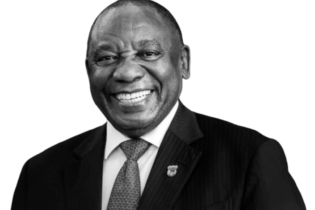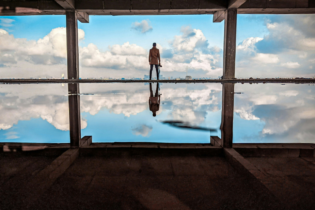The Energy Water and Sanitation Authority (EWSA) has placed the Eastern Province on top of the list of areas to benefit from clean water projects.
The drive follows the Fourth Population and Housing Census report released recently. The report indicated that access to clean water increased from 51% in 1978 to 73% in 2012, and remains lowest in the east. “Access to clean water remains a serious issue in most parts of the country, particularly the Eastern Province,” James Sano, the Deputy Director General of EWSA told reporters recently. He confirmed they will soon roll out water pipelines, reservoirs, stand pipes and others in Gatsibo, Kayonza, Nyagatare, and Bugesera districts. The final report by the National Institute of Statistics of Rwanda (NISR) indicates that the percentage of households with access to clean water is substantially higher in urban areas (about 92%) than in rural areas (about 69%), while across the country, the lowest percentage (about 60%) was observed in the Eastern Province. The highest percentage (about 89%) of households using improved water sources was observed in the City of Kigali (CoK). The low percentage of households with access to improved sources in the Eastern Province is attributed to the flat terrain that does not allow easy water distribution by gravity. “The projects being carried out include construction of dams, treatment plants, conveyor pipelines, reservoirs and distribution pipelines. They have a sanitation component whereby solid waste landfills and faecal sludge treatment units will be constructed in Nyagatare, Kayonza and Nyanza,” Sano said. EWSA will also provide district authorities with faecal sludge exhausters to transport sewage to treatment plants.Sano said the government and the African Development Bank (AfDB) will finance the projects at the tune of $21 million (about Rwf14bn) for all projects in the province as well as some in Nyanza and Ruhango districts in south. The projects are expected to be concluded by 2016.
Nyagatare mayor Fred SabitiAtuhe wants the projects to be fast-tracked so as to reverse the trend. “We are doing badly as far as access to clean water is concened. Sectors such as Mushiri, Rwimiyaga, Karangazi, and Rwempasha are below 19% in terms of access. Others like Matimba and Katabagemu, are slightly above 19% but also badly off,” the mayor said. It was reported yesterday that the mayor, district water engineers and an EWSA team, were heading to Mushiri Sector to inspect a water reservoir, which once completed would supply surrounding sectors, according to EWSA officials. “Works have already started. All that we have to do now is to ensure speedy delivery,” the mayor added. The report shows that, across Rwanda, about 73% of the 2.42 million households collect water from improved water sources, among which protected springs or wells (37%) and public taps outside the compound (about 28%) are the most common. Households collecting water from unimproved water sources use mostly unprotected wells, rivers, lakes, streams, ponds and other forms of surface water. “Rwanda reportedly needs about $3 billion to increase access to water from 74% to 100%. Source Article from http://allafrica.com/stories/201404040226.html






